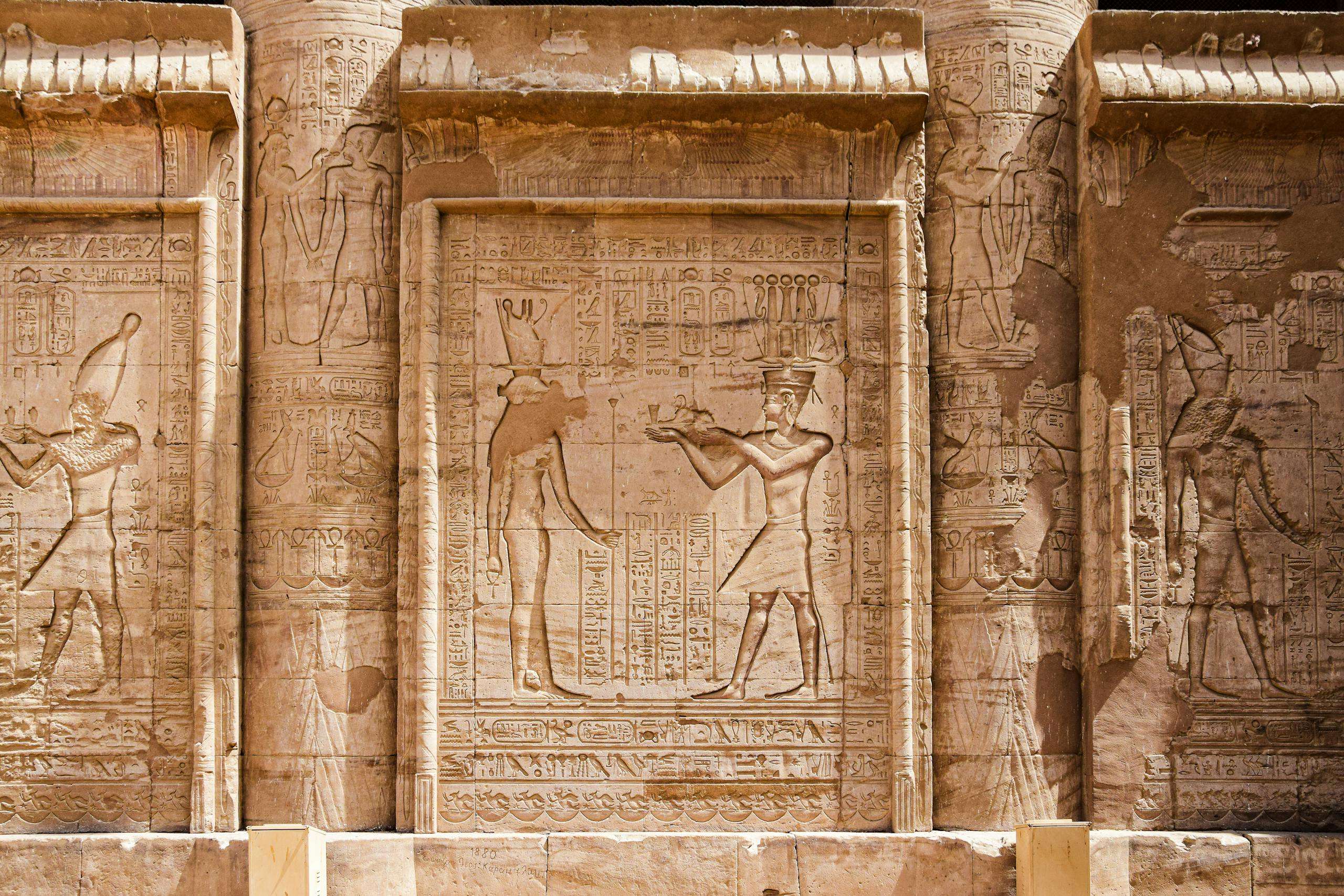7 Fascinating Facts About Ancient Egyptian Fashion You Didn’t Know! 👑
When we think of Ancient Egypt, most of us picture the pyramids, pharaohs, and hieroglyphics. But beyond these iconic symbols lies an incredibly stylish and innovative civilization that left its mark on the fashion world. Ancient Egyptians were not only masters of architecture and spirituality, but they also had a distinct sense of fashion that was deeply intertwined with their social status, religion, and climate. From the softest linen garments to extravagant gold jewelry, fashion in Ancient Egypt was as much about identity as it was about aesthetics.
What’s fascinating is that their clothing choices, colors, and accessories were all symbolic—nothing was random. These choices reflected their beliefs, professions, gender, and wealth. Ancient Egyptian fashion also had a huge influence on modern design trends, especially in haute couture and jewelry design.
In this blog, we’ll uncover seven mind-blowing facts about Ancient Egyptian fashion that you probably didn’t learn in school. Whether you’re a fashion lover, a history nerd, or just curious about what people wore in the time of Cleopatra and Tutankhamun, this is for you.
Let’s unwrap the linen and dive into the secrets of Egypt’s ancient wardrobe. Prepare to be amazed by how fashionable the ancients truly were! 👘✨
1. Linen Was the Fabric of the Gods
Linen wasn’t just a fashion choice—it was a sacred fabric in Ancient Egypt. Derived from the flax plant, linen was lightweight, breathable, and perfect for the desert climate.
It was so valuable that only the wealthy could afford fine, transparent linen. Pharaohs and high priests wore garments made of the purest white linen, which symbolized cleanliness and purity. Ordinary people wore coarser versions, but everyone—regardless of status—wore linen.
Wool, on the other hand, was considered unclean and rarely used.
2. Both Men and Women Wore Makeup and Accessories
Fashion and beauty were not limited by gender. Men and women alike adorned themselves with kohl eyeliner, scented oils, and intricate jewelry.
Kohl wasn’t just aesthetic—it protected eyes from the harsh sun and was believed to ward off evil spirits. Jewelry made from gold, lapis lazuli, carnelian, and turquoise held magical properties and communicated social class.
Egyptians believed the gods wore makeup too, so beautifying oneself was almost a religious act.
3. Wigs Were a Symbol of Wealth and Hygiene
Haircare was another important aspect of fashion. Many Egyptians shaved their heads for cleanliness and wore elaborate wigs on special occasions.
These wigs were made of human hair, wool, or vegetable fiber and styled in braids, curls, and decorative forms.
The richer you were, the more ornate your wig. Wigs were often perfumed and adorned with gold pins or beads.
4. Clothing Revealed Your Social Status
Ancient Egyptian fashion was extremely hierarchical. What you wore told others exactly where you stood in society.
Laborers and farmers wore simple loincloths, while nobles wore pleated kilts and elaborately draped dresses.
Pharaohs had exclusive designs—like the nemes headdress, shendyt kilts, and royal sandals.
Women of higher classes wore tight-fitting dresses with shoulder straps and accessorized with ornate collars and belts.
5. Color Had Deep Symbolism
In Egyptian clothing, color was more than visual—it had spiritual meaning.
– White = purity and sacredness – Red = power and life – Green = fertility and rebirth – Blue = protection and the heavens – Gold = eternal life and the sun god Ra
These colors were used in garments, jewelry, and even cosmetics. Designers today still draw inspiration from this symbolism.
6. Children Wore No Clothes Until Puberty
This may surprise many, but most Egyptian children didn’t wear clothing until they were around 6 or 7 years old.
Due to the scorching climate and simplicity of life, children remained nude, wearing only jewelry like bracelets or protective amulets.
Once they reached puberty, they began dressing in linen garments like adults.
7. Fashion Was Linked to Religion and the Afterlife
Egyptian fashion wasn’t just for daily life—it played a critical role in death and the afterlife.
People were buried with their finest clothes and accessories, believing they would need them in the next world.
Priests wore special ceremonial clothing made of specific materials and designs, reserved only for religious rituals.
Even the famous gold mask of Tutankhamun is an example of fashion symbolizing divine royalty and spiritual transcendence.
Bonus: Cleopatra Was a True Fashion Icon
Though she ruled centuries after the Pyramids were built, Cleopatra embodied the peak of Egyptian glamor. Her signature black eyeliner, snake crown, and luxurious fabrics made her one of the earliest documented style influencers in history.
Her fashion choices influenced Roman fashion and continue to inspire red-carpet looks today.
Conclusion
Ancient Egyptian fashion wasn’t just about appearance—it was a mirror of identity, spirituality, and power. From sacred linens to symbolic makeup, their style choices were intentional, meaningful, and ahead of their time.
Whether you’re designing clothes or simply dressing for confidence, there’s so much we can learn from the Egyptians’ relationship with fashion.
Want more historical fashion insights or tips on modern Egyptian style? 👉 Join our WhatsApp Community and connect with culture lovers, creatives, and style enthusiasts from across the world!


